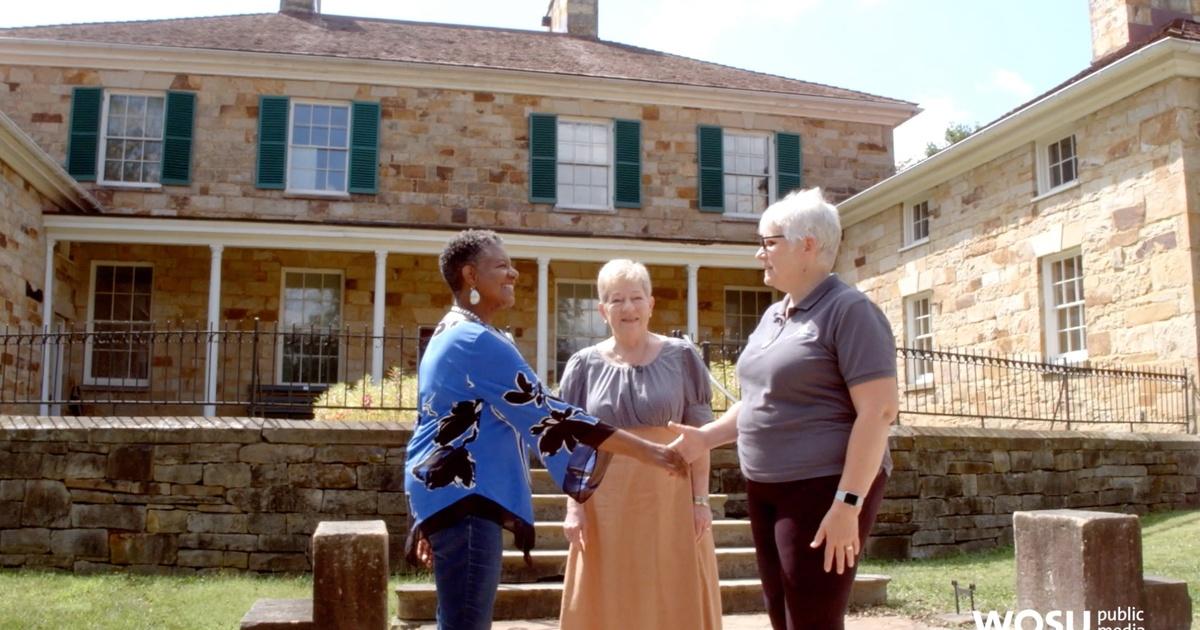
- Select a language for the TTS:
- UK English Female
- UK English Male
- US English Female
- US English Male
- Australian Female
- Australian Male
- Language selected: (auto detect) - EN
Play all audios:
It’s important to note that your symptoms may linger longer than the infection. A July report from the CDC, for example, found that 35 percent of symptomatic adults who tested positive for
COVID-19 but who were not hospitalized for the illness had not returned to their usual state of health 14 to 21 days after testing. Even young, healthy adults struggle to recover quickly
from an infection. Nearly 1 in 5 surveyed adults ages 18 to 34 with no chronic medical conditions had not returned to their usual state of health 14 to 21 days after testing positive. Many
coronavirus patients have seen complications persist even longer. COVID-19 doesn’t have a cure yet, just relief from symptoms. But clinical trials are underway to test the safety and
effectiveness of potential therapies, including remdesivir, which received an emergency use authorization from the Food and Drug Administration (FDA) in May after preliminary results showed
that patients hospitalized with COVID-19 recovered faster on the antiviral drug, compared with patients taking a placebo. Vaccine trials are also moving forward. HOW TO PROTECT YOURSELF
FROM CORONAVIRUS Without a vaccine to protect against the coronavirus, experts say the best way to avoid it is to practice everyday prevention measures: Wash your hands often and keep your
distance from other people — at least 6 feet of distance, Wadman says. “This disease is transmitted by respiratory droplets. So, those droplets from a sneeze or cough, if [they land] in
your mouth or nose, or if you’re inhaling those droplets, that’s the way that this disease is primarily transmitted from one person to the next,” he says. “And if you stay 6 feet away, you
minimize the possibility of that happening.” Also: Wear a face mask, even if you feel healthy. The latest research shows cloth face coverings can block respiratory droplets from spreading to
other people, leaving the virus with nowhere to go. If worn community wide, face masks reduce everyone’s risk for infection. Health officials are also urging older Americans and people
with underlying health conditions who are at higher risk for severe illness from COVID-19 to limit interactions with other people as much as possible and to consider avoiding activities
where taking protective measures, such as physical distancing, may be difficult to maintain. “Especially if you are older or if you do have other medical conditions, you’re at higher risk.
And so really adhering to these preventive measures is a very important thing to prevent becoming ill, and if you are sick, to prevent giving that infection to someone else,” Wadman says.
Coronavirus Symptoms Explained _Editor’s note: This story, originally published March 2, 2020, has been updated to reflect new information._ _Rachel Nania writes about health care and health
policy for AARP. Previously she was a reporter and editor for WTOP Radio in Washington, D.C. A recipient of a Gracie Award and a regional Edward R. Murrow Award, she also participated in a
dementia fellowship with the National Press Foundation._








